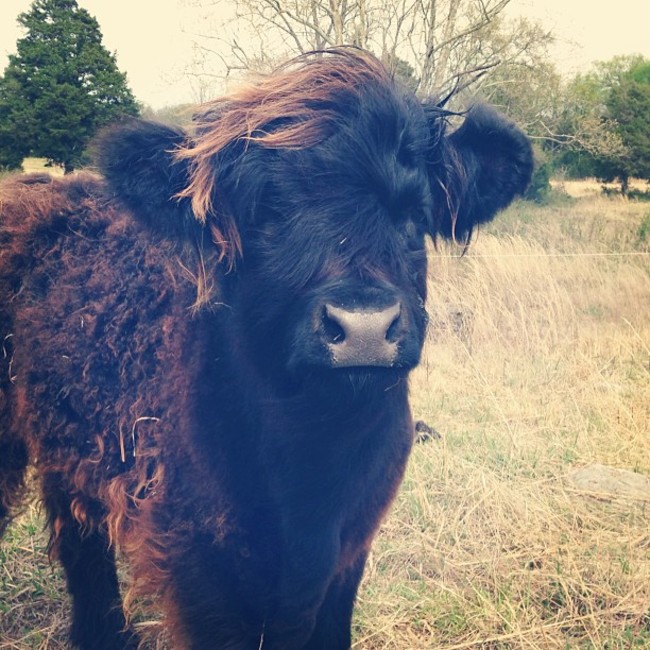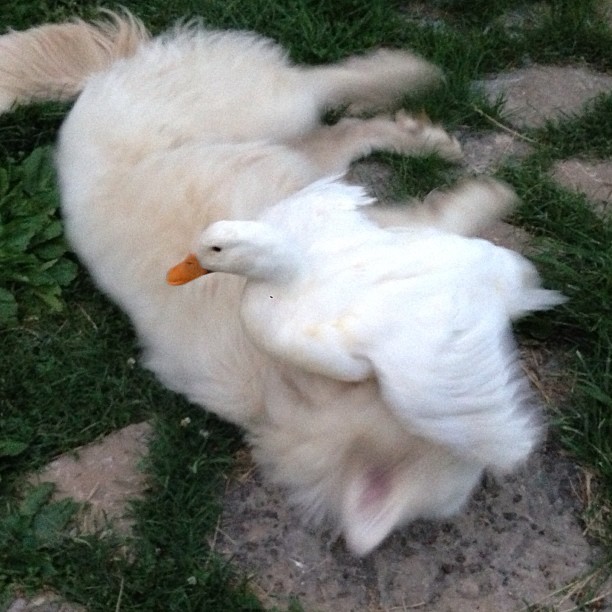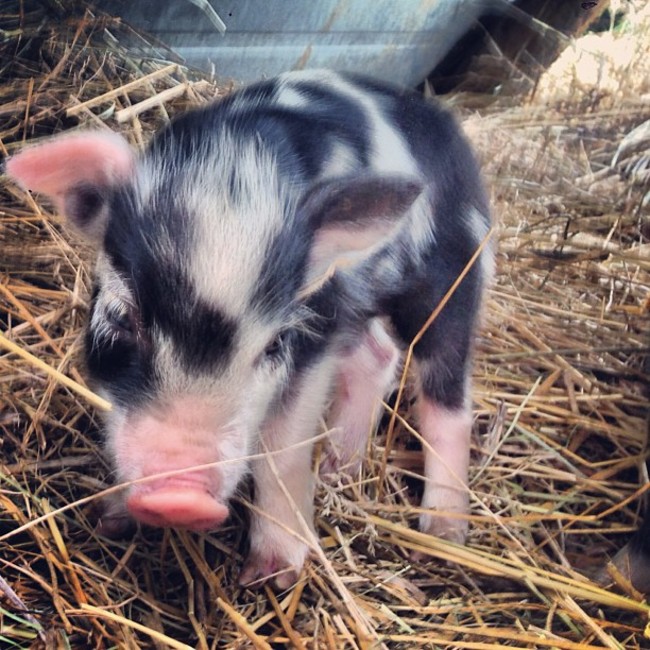When we first moved to the farm we wanted to gain experience in lots of different farming endeavors and ultimately choose the ones that worked best for us and our land. We knew from the beginning that raising goats on our land would work. It was obvious just by looking at the pastures. Wild blackberry, multi-flora rose, lespedeza, ironweed, and many other "weeds" and "noxious" plants were growing everywhere. It happens that many of these plants are great forage for goats. Thus far we've been right. The goats are thriving, we've had almost zero illnesses, no losses and they're giving a bunch of milk on very minimal feed.
Pigs also make a lot of sense for us. We have about half of our acreage in woods, which provides an excellent habitat for the Ossabaw hogs. They can root, eat the mast, make wallows and be happy pigs. It's a great companion to the goat dairy as well. For every 10 pounds of milk used in cheesemaking, only about 1lb of milk soilds end up as cheese. The other 8-9 pounds would typically go down the drain as whey. Or in our case we'd need to build a lagoon for it. So instead we feed it to the pigs. This left over fluid is full of whey protein and other vitamins and minerals that are not captured during the cheesemaking process.
So pigs and goats fit perfectly. Unfortunately, the idea of raising grassfed beef just didn't make sense. Much of our forage base is not palatable to cows. Fattening up a beef on grass takes a very skilled grazier utilizing high quality forage. If the beef does not gain a certain amount of weight before finishing it won't be well-marbled. That's why so many consumers have had bad experiences with eating grassfed beef. It's very hard to do well, and the people that do it well are few and far between. Sure, we could grow out some beef cows and get them slaughtered, but would it be the best beef you've ever had? Probably not, and that's not what we're aiming for.
Over the past couple weeks we sold Joplin to a neighboring farm and processed Janis for beef. We miss them, but it was the right decision for the farm. Narrowing our focus also helps free up some time for when the baby arrives!
-James




